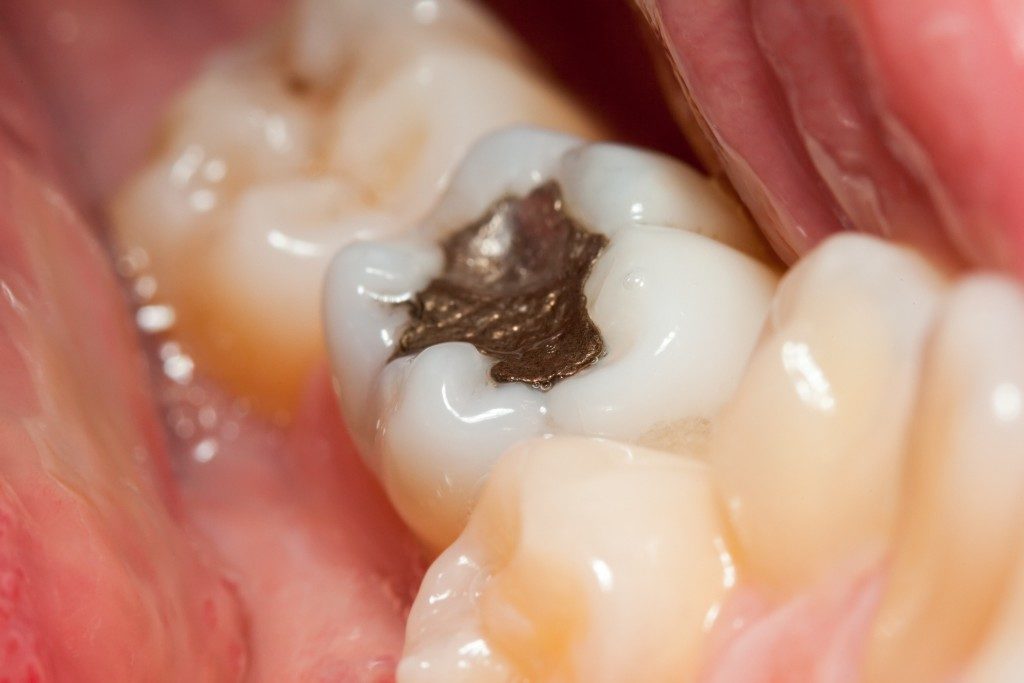Your teeth comprise several layers. The innermost part is known as the pulp and contains the blood vessels and nerves. One of the endodontic emergencies that might plague your dental pulp is pulpitis. This is the inflammation of the pulp secondary to injury, root and tooth fractures, dental cavities, and repetitive trauma commonly due to constant grinding of the teeth. Poor lifestyle habits, high-sugar diets, and chronic bruxism also predispose you to the development of pulpitis.
Extreme pain is the primary symptom that causes patients to seek an endodontist in Centennial, CO. Depending on your degree of pulpitis, the pain you experience might be mild or severe and continuous or associated with the consumption of cold and hot foods. Other than pain, some patients suffer from a fever, bad breath, and swollen lymph nodes.
The following are the endodontic treatment options available for acute pulpitis.
Tooth Cavity Treatment
Extensive dental cavities are the leading cause of pulpitis in children and adults. If you have mild or reversible pulpitis caused by tooth cavities, the endodontist will focus on the treatment of your tooth cavities. In most cases, this involves the removal of the decayed portion of your teeth and taking antibiotics. After the decayed pulp removal, your teeth are filled with various types of dental fillings. By treating the underlying causes of pulpitis, your condition is efficiently addressed.
Root Canal

This is the standard form of treatment for irreversible and extensive pulpitis. A root canal removes the pulp tissue in your tooth since this in most cases is already dead and has started breaking down; therefore, affecting your immunity. A root canal will first remove the dead pulp and roots in your tooth, then irrigate the left gap with sodium hypochlorite. After the debridement of the remaining gap, the endodontist will cap the tooth with a crown to close the hole left and prevent future invasion of the space with bacteria.
Pulp Therapy
This treatment is very similar to a root canal. Pulp therapy is, however, only done on milk teeth. The endodontist, in this case, drills a hole in the child’s affected tooth and removes the bacteria and infected pulp. Unlike in a root canal, the dental roots in pulp therapy are left intact. After the procedure, your child’s tooth is capped with a crown to protect its inner parts.
Tooth Extraction
In extensive pulpitis, tooth extraction is the treatment of choice. But this is not routinely done and is reserved for pulpitis that has not been adequately addressed by a root canal or pulp therapy. After the extraction, dental implants are the standard alternative to fill the gap left.
For a few weeks after the above treatments, some level of discomfort is normal. You can address this through pain relievers and a warm gum massage. If however, you experience considerable pain, it is advisable to return to your endodontist. This is because the pain might be an indicator of an infection of the surgical site or retained infected parts of your tooth. Endodontic treatments, however, have a success rate of over 95% in the treatment of acute pulpitis.

